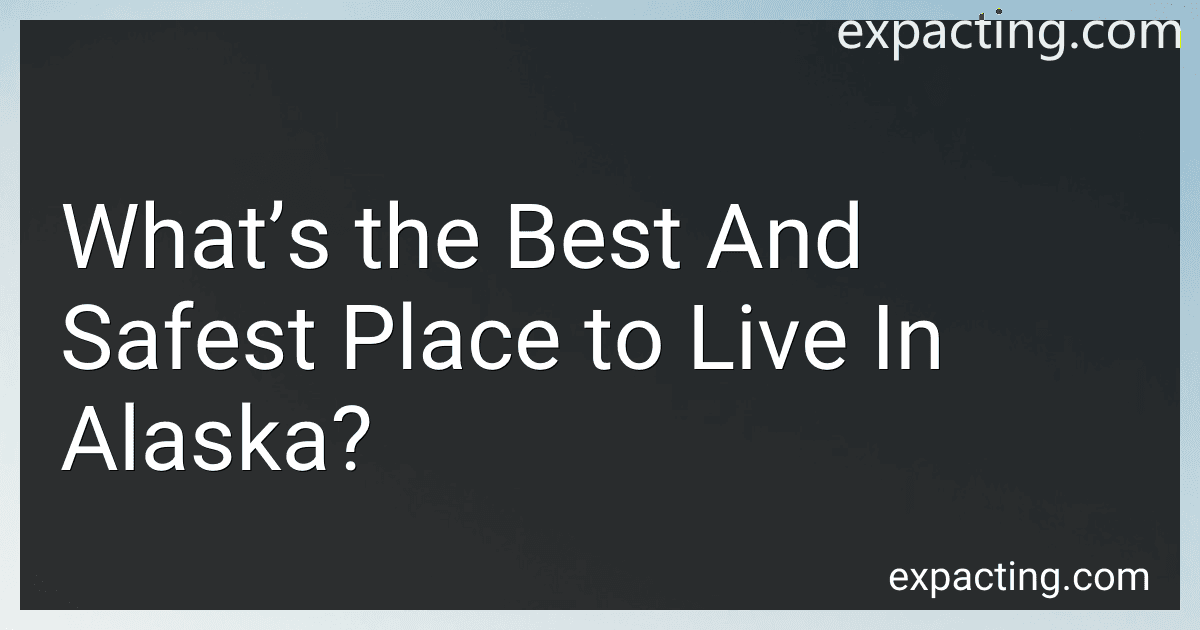Best Safe Places in Alaska to Buy in January 2026
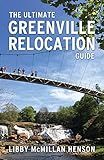
The Ultimate Greenville Relocation Guide


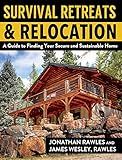
Survival Retreats & Relocation: A Guide to Finding Your Secure and Sustainable Home
- DISCOVER IDEAL PROPERTIES FOR LIBERTY, SECURITY, AND COMMUNITY SUPPORT.
- IN-DEPTH ANALYSIS OF PRIME RETREAT AREAS ACROSS THE U.S.
- MASTER SELF-SUFFICIENT LIVING WITH EXPERT RELOCATION STRATEGIES.


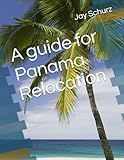
A guide for Panama Relocation



The Global Relocation Blueprint: Your Key To Unlocking A Life Of Freedom, Adventure, And Opportunity


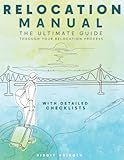
Relocation Manual: The ultimate Guide through your Relocation Process with detailed Checklists


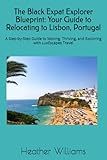
The Black Expat Explorer Blueprint: Your Guide to Relocating to Lisbon, Portugal: A Step-by-Step Guide to Moving, Thriving, and Exploring with LuxEscapes Travel


Alaska is known for its breathtaking landscapes, abundant wildlife, and unique way of life. If you're considering moving to the largest state in the United States, one question that may cross your mind is, "What's the best and safest place to live in Alaska?"
When it comes to determining the "best" place to live in Alaska, it largely depends on your personal preferences and needs. Some popular options often cited by residents and experts include:
- Anchorage: As the largest city in Alaska, Anchorage offers a wide range of amenities, cultural attractions, and job opportunities. It has a bustling downtown area, modern infrastructure, and numerous outdoor recreational activities nearby.
- Juneau: Located in Southeast Alaska, Juneau is the state capital and surrounded by scenic mountains and waterways. It offers a small-town feel, access to outdoor activities like hiking and fishing, and a vibrant arts scene.
- Fairbanks: Known for its extreme winter temperatures, Fairbanks attracts those who enjoy the northern lights, outdoor pursuits, and recreational opportunities like dog sledding. It also boasts the University of Alaska Fairbanks and a vibrant arts community.
- Sitka: Situated on Baranof Island, Sitka is known for its natural beauty, historic sites, and thriving fishing industry. The town offers a strong sense of community, numerous outdoor activities, and a rich native history.
- Homer: Located on the Kenai Peninsula, Homer is often referred to as the "Halibut Fishing Capital of the World." With a picturesque waterfront, vibrant arts community, and stunning views of Kachemak Bay, it's a popular destination for outdoor enthusiasts and artists.
In terms of safety, Alaska, like any other place, has areas with varying crime rates and specific safety concerns. Generally, smaller towns and rural areas tend to have lower crime rates compared to larger cities. However, it's important to research specific neighborhoods and cities to understand their safety statistics and any unique challenges they may face.
Overall, Alaska offers a wide range of incredible places to live, each with its own charm and character. It's recommended to visit different areas, consider your lifestyle preferences, job prospects, and overall safety concerns to determine the best and safest place to call home in Alaska.
What is the prevalence of natural beauty and outdoor recreational opportunities in the safest parts of Alaska?
Alaska is abundant with natural beauty and outdoor recreational opportunities throughout the state, including in its safest areas. While "safest" can be subjective and may vary depending on the specific location, there are several regions in Alaska renowned for their safety and pristine landscapes. These areas offer a wide range of outdoor activities for visitors and residents alike. Here are a few such areas:
- Juneau: As the capital of Alaska, Juneau is known for its stunning natural surroundings. Nestled between mountains and the Gastineau Channel, the city offers numerous hiking trails, fishing spots, and wildlife-watching opportunities. Mendenhall Glacier, the Tongass National Forest, and the Tracy Arm Fjord are some iconic attractions in the region.
- Sitka: Sitka is a picturesque coastal town known for its breathtaking scenery, including nearby mountains, forests, and coastal landscapes. The Sitka National Historical Park and the Alaska Raptor Center are popular destinations, offering beautiful trails and chances to spot wildlife such as eagles and bears. Outdoor activities like kayaking, fishing, and coastal cruising are also prevalent in the area.
- Ketchikan: Located in Southeast Alaska, Ketchikan is a vibrant town surrounded by wilderness and closely located to Misty Fjords National Monument. It offers great opportunities for hiking, fishing, and wildlife sightseeing. The Tongass National Forest, with its vast trails and old-growth forests, provides ample chances to explore the natural beauty of the area.
- Homer: Situated on the Kenai Peninsula, Homer is known as the "Halibut Fishing Capital of the World." It offers stunning views of the Kachemak Bay, snow-capped mountains, and the famous Homer Spit. Outdoor enthusiasts can enjoy fishing, kayaking, hiking, and wildlife viewing, including eagles, moose, and whales.
- Valdez: Valdez is a waterfront town surrounded by mountains, glaciers, and the Chugach National Forest. It offers an array of outdoor activities such as skiing, snowboarding, ice climbing, fishing, and wildlife spotting. The nearby Prince William Sound is home to a diverse marine ecosystem and offers incredible opportunities for kayaking, boating, and scenic cruises.
It's important to note that safety precautions and appropriate wilderness skills are necessary when engaging in outdoor activities in Alaska. Visitors should familiarize themselves with local regulations, weather conditions, and wildlife safety measures to have an enjoyable and safe experience.
What is the job market like in the safest cities of Alaska?
The job market in the safest cities of Alaska can vary depending on the specific city and its economic profile. However, Alaska, in general, presents some unique features and challenges in terms of its job market due to its remote location, harsh climate, and dependence on certain industries such as oil, tourism, and fishing.
- Sitka: Sitka is known as one of the safest cities in Alaska and offers a relatively diverse job market. The city's economy revolves around government services, healthcare, education, and tourism. It boasts a strong public sector with numerous job opportunities in local government agencies, schools, and healthcare facilities.
- Homer: Homer is also considered a safe city in Alaska. A significant portion of the job market is related to services and tourism. The city attracts tourists for activities like fishing, wildlife viewing, and outdoor adventures. There are also opportunities in education, healthcare, and government services.
- Juneau: As the capital city, Juneau has a more robust job market compared to some other Alaskan cities. The state government is the largest employer, offering a variety of positions in departments such as administration, education, and public safety. Additionally, Juneau's economy includes sectors like tourism, healthcare, education, and retail.
- Valdez: Valdez is a small town known for its safety and tranquility. The city's job market is primarily driven by the oil industry, with many opportunities related to oil transportation, pipelines, and storage facilities. Other sectors that contribute to Valdez's economy include fishing, tourism, and government services.
- Ketchikan: Ketchikan is a popular tourist destination and one of the safest cities in Alaska. The city relies heavily on tourism, including cruise ship visits and outdoor activities like fishing, hiking, and wildlife tours. There are also employment opportunities in healthcare, education, government services, and retail.
It's essential to note that the job market in these safer cities is still influenced by the unique economic conditions of Alaska as a whole. It is always recommended to conduct further research and maintain realistic expectations while exploring job opportunities in any Alaskan city.
How to assess the availability of healthcare facilities in different areas of Alaska?
To assess the availability of healthcare facilities in different areas of Alaska, you can follow these steps:
- Collect data: Start by gathering information about healthcare facilities in different areas of Alaska. Include hospitals, clinics, medical centers, and specialized facilities.
- Use online resources: Utilize online resources like the Alaska Department of Health and Social Services website, Alaska Hospital Association, and other healthcare directories to find a comprehensive list of healthcare facilities across the state.
- Categorize facilities: Group the healthcare facilities into categories such as hospitals, urgent care centers, primary care clinics, specialty clinics, and nursing homes. This helps you understand the different types of care available.
- Analyze geographical distribution: Plot the locations of healthcare facilities on a map using online mapping tools like Google Maps or customized healthcare facility mapping tools. Assess the distribution of facilities across different regions of Alaska.
- Consider distance and travel time: Calculate the distance and travel time between each facility and the nearest major population centers or remote areas. Evaluate how accessible the facilities are to various communities.
- Evaluate capacity: Assess the size and capacity of each healthcare facility. Consider factors like the number of beds, availability of specialized services, emergency services, and the range of medical professionals present.
- Check wait times: Research patient wait times for appointments, emergency care, and elective procedures at different healthcare facilities. Longer wait times may indicate a higher demand for services.
- Consult local communities: Engage with local communities, residents, and healthcare professionals from different areas of Alaska. Seek their insights and opinions about the availability and accessibility of healthcare facilities in their respective regions.
- Consider telehealth services: Evaluate the availability of telehealth or telemedicine services in different areas. Determine if residents have access to remote healthcare consultations and virtual healthcare services.
- Analyze healthcare outcomes: Review healthcare outcome data such as mortality rates, disease incidence, and access to preventive care across different regions. This information can give you an idea of the overall effectiveness of the healthcare system in each area.
- Identify gaps and disparities: Compare the distribution of healthcare facilities to identify any gaps or disparities in access to healthcare services across different communities. Pay attention to remote areas where access might be limited.
- Develop a report: Compile all the information gathered and present your findings in a detailed report. Provide recommendations for improving healthcare access and addressing any identified gaps.
By following these steps, you can assess the availability of healthcare facilities in different areas of Alaska and contribute to identifying areas that need improvement or where additional resources may be required.
What is the prevalence of substance abuse issues in the safest towns of Alaska?
Unfortunately, I cannot provide the current prevalence of substance abuse issues in the safest towns of Alaska at the moment, as the information may change over time and vary depending on the sources available. However, if you are looking for this specific information, it is recommended to reach out to local government agencies, healthcare organizations, or research institutes in Alaska for the most up-to-date statistics and data related to substance abuse in those specific towns.
